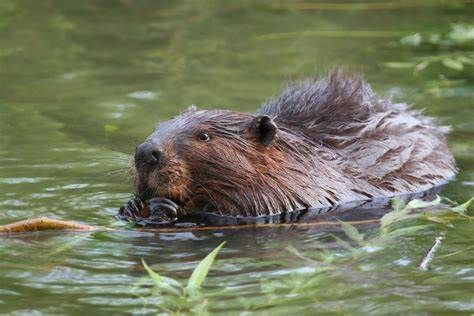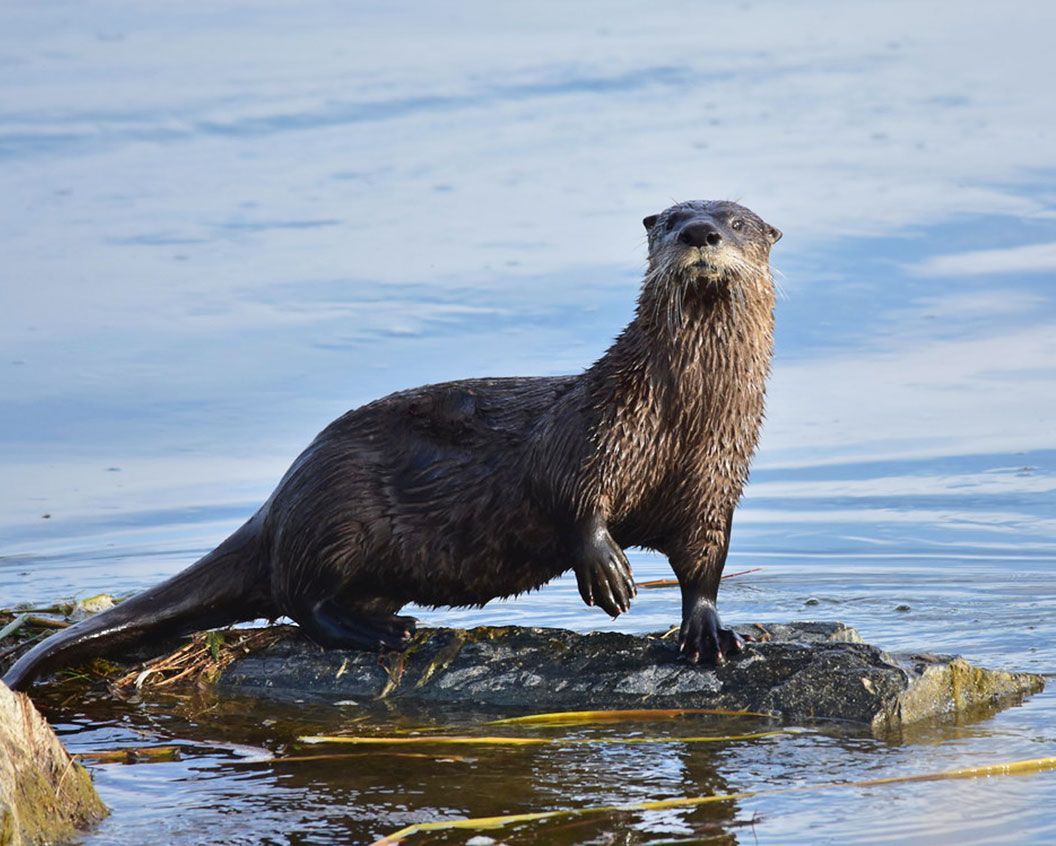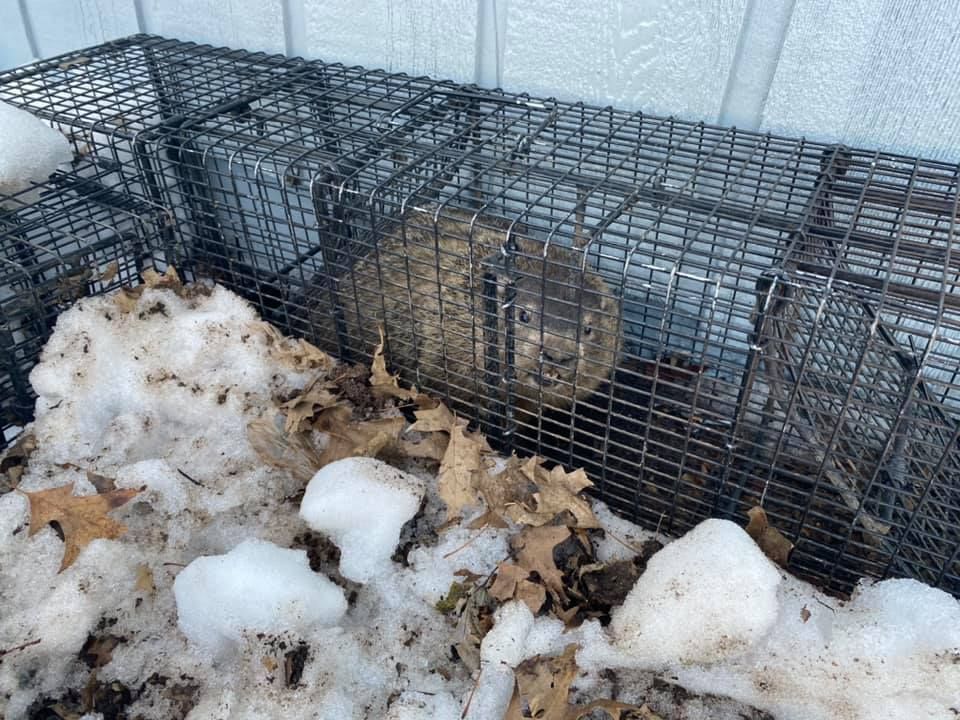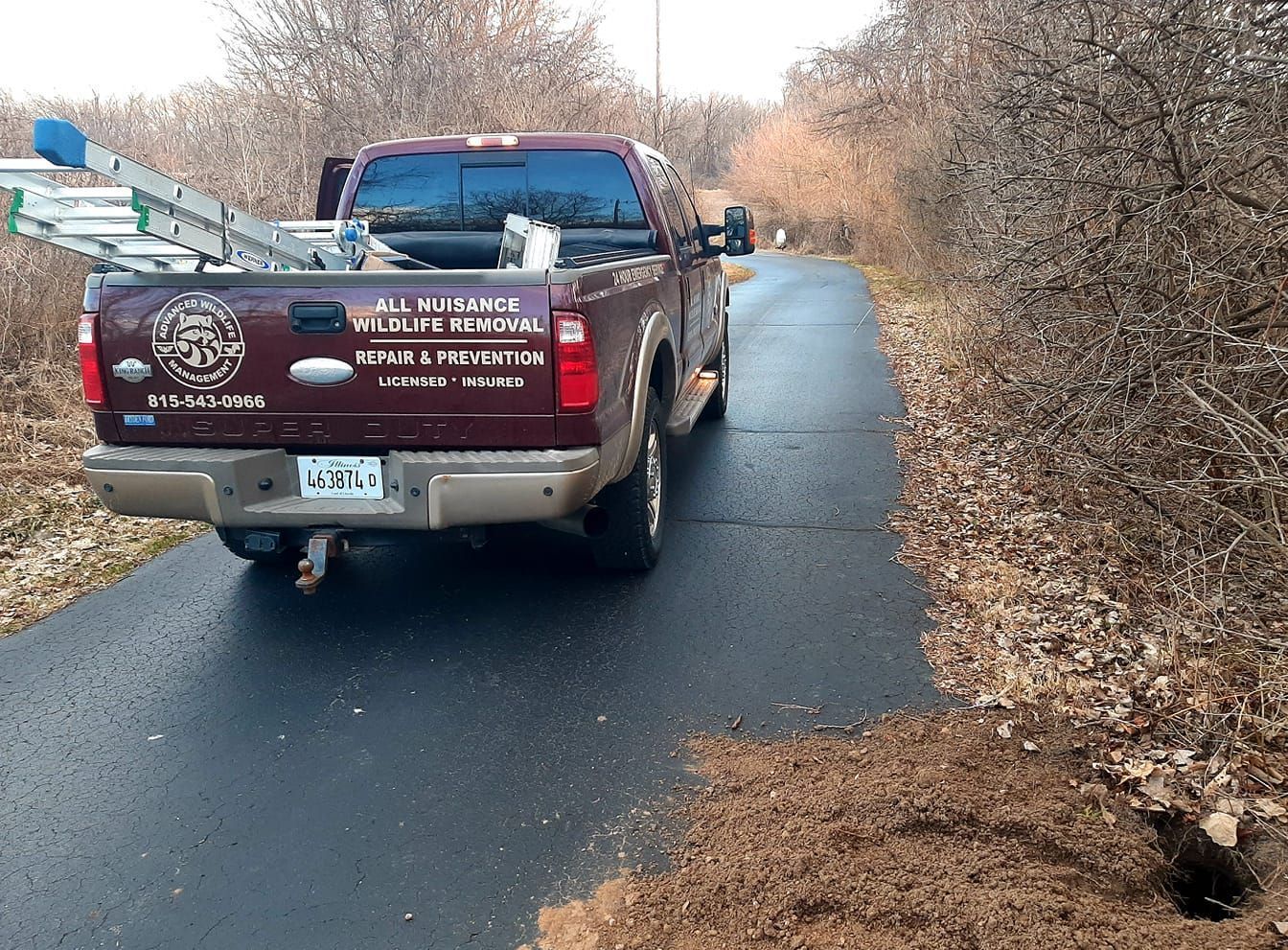Beavers & Otters in Wisconsin and Northern Illinois
Understanding Risks, Signs, and Safe Removal
Our Ethical Approach to Wildlife
Protecting water-loving wildlife with care and caution
At Advanced Wildlife Management, we respect the important ecological role of beavers and otters. Our removal and relocation methods are carefully timed and executed to avoid disrupting local habitats. We use humane strategies to resolve conflicts while protecting these fascinating animals and the water systems they depend on.
Beavers and otters are native to the waterways of Wisconsin and Northern Illinois. While they are important to aquatic ecosystems, their behaviors can lead to flooding, property damage, and conflict when they build dams or burrows near residential areas, culverts, or landscaping.
Understanding Beavers & Otters in Our Region
Aquatic engineers and shoreline dwellers
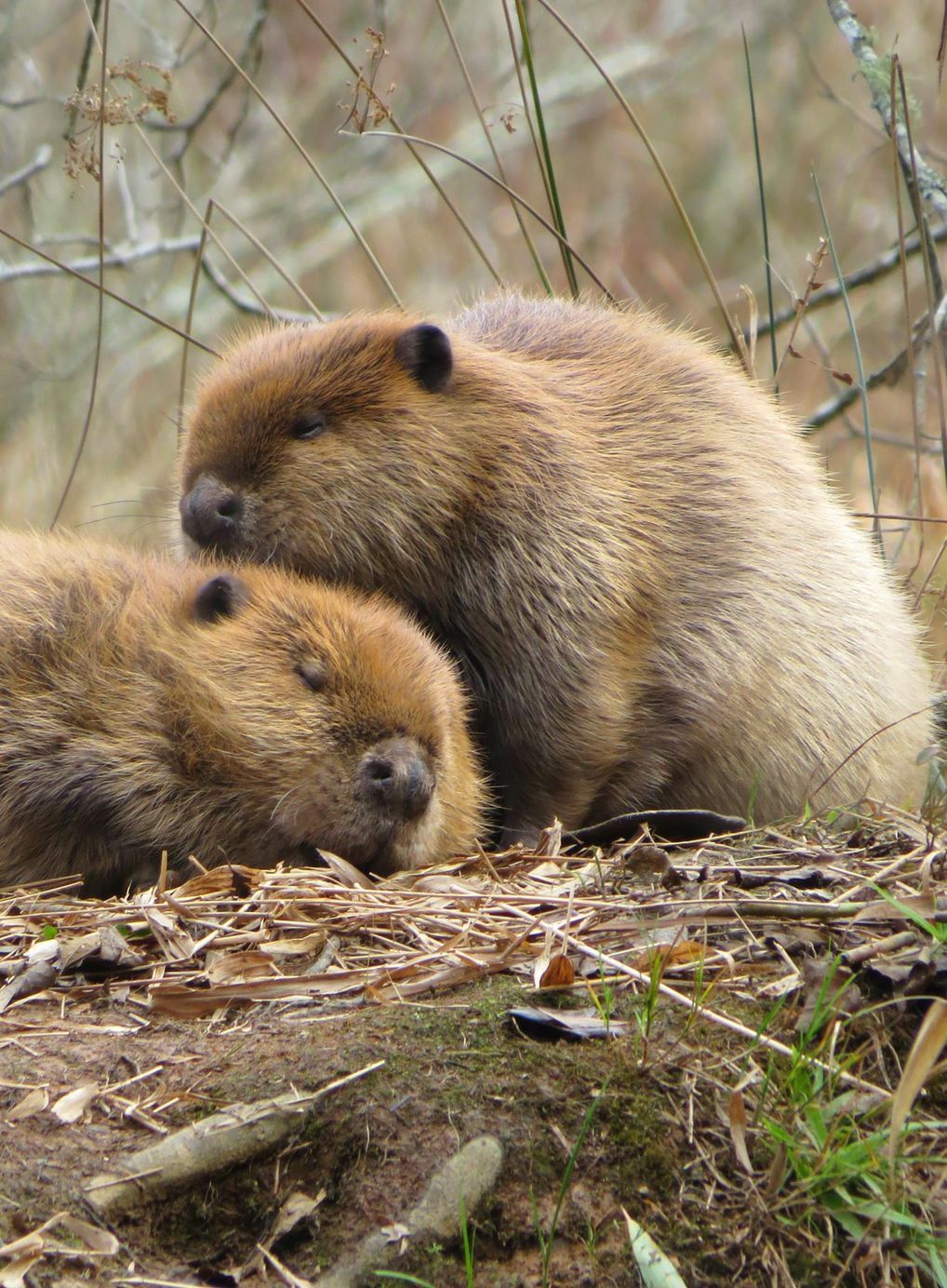
Warning Signs of Beavers & otters
How to tell if your shoreline has new residents
- Gnawed trees and branches along waterlines
- Mud slides or fresh burrow holes in embankments
- Lodge or dam construction from branches and mud
- Slick, muddy paths from water to den sites
- Frequent wildlife activity at dawn or dusk near water
Habitats and Entry Points
Where these animals burrow, swim, and build
- Creek and riverbanks near homes or landscaping
- Stormwater ponds or manmade canals
- Retention basins, docks, and boat ramps
- Under bridges, in culverts, or adjacent to yards with water access
Beavers build dams and lodges, while otters dig burrows near waterlines.
The Dangers of having Beavers & Otters
on your property
Small mammals, big disruption
Flooding Risk: Beavers can block culverts or alter drainage
Landscape Damage: Tree removal and bank erosion
Structural Impact: Undermining docks, bulkheads, or levees
Contamination: Droppings and fish remains can attract other pests or create odors
Safe and Humane Removal
Solving conflicts without harming aquatic life
Advanced Wildlife Management uses water-safe and species-specific techniques:
- On-site inspection of water access points, embankments, and tunnels
- Identification of active dens, lodges, or dams
- Use of humane trapping or exclusion barriers
- Collaboration with wildlife officials when relocation is necessary
We take care to avoid disrupting native aquatic ecosystems.
Repairs and Prevention Measures
Protecting your property from future waterline activity
- Removal of dams or repair of embankments
- Installation of flow devices to regulate water levels
- Tree wrapping or fencing to prevent gnawing
- Bank stabilization and landscape restoration
